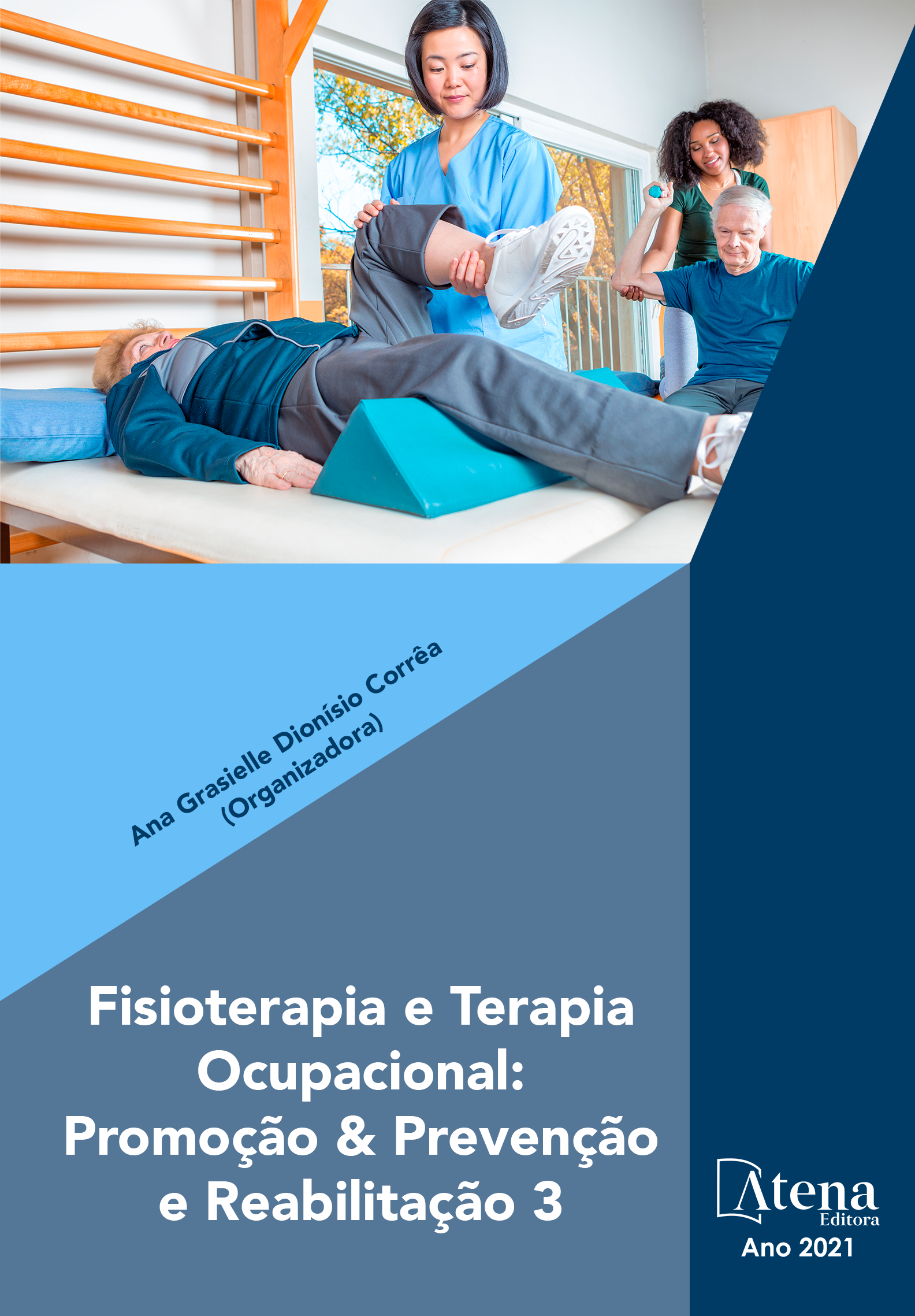
POTENCIAIS E LIMITES DA AVALIAÇÃO DE TECNOLOGIA REABILITATORA PARA PESSOAS PÓS ACIDENTE VASCULAR CEREBRAL
Objetivo: Apresentar limitações e potencialidades identificadas durante a execução de um estudo clínico randomizado pragmático (ECRP) para avaliação de uma tecnologia reabilitadora para pessoas com acidente vascular cerebral atendidas em um hospital público no sul do Brasil. Método: Trata-se de um estudo analítico, que utilizou como base registros sistematizados durante a realização do ECRP com duração de 15 meses. Resultados: Como potencialidades identificou-se a plena integração dos pesquisadores à rotina do hospital, o acesso irrestrito às instalações, aos pacientes e às informações. Os principais limites foram: tempo reduzido para a realização do estudo; relativamente pouca experiência dos pesquisadores tanto clínica como metodológica; e o absenteísmo dos pacientes decorrente, principalmente, de sua vulnerabilidade em relação à mobilidade urbana. Conclusão: A superação de algumas das limitações identificadas é plenamente possível com mudanças no planejamento e execução do ECRP. Um dos caminhos é por meio de parcerias entre universidades e instituições de saúde.
POTENCIAIS E LIMITES DA AVALIAÇÃO DE TECNOLOGIA REABILITATORA PARA PESSOAS PÓS ACIDENTE VASCULAR CEREBRAL
-
DOI: 10.22533/at.ed.75221080414
-
Palavras-chave: Avaliação de tecnologias em Saúde, Reabilitação; Sistema Único de Saúde; Ensaio clínico; Acidente Vascular Cerebral.
-
Keywords: Health technology assessment; Rehabilitation; Unified Health System; Clinical Trial; Stroke.
-
Abstract:
Objective: To present the limits and potentialities identified during the execution of a pragmatic randomized clinical study (PRCS) to evaluate a rehabilitation technology for people with stroke, in a public hospital in the south of Brazil. Method: This is an analytical study, based on the systematized records of the PRCS, which lasted 15 months. Results: Among the potentialities, we highlight the full integration of researchers into the routine of the hospital, unrestricted access to facilities, patients and information. The main limits were: reduced time for the study; the relative lack of experience of the researchers, both clinical and methodological, to conduct studies of this typology; and the patients' absenteeism, mainly due to their vulnerability relative to urban mobility. Conclusions: Overcoming some of the limitations is fully possible with changes in the planning and execution of the PRCS. Partnerships between universities and health institutions provide a possible way.
-
Número de páginas: 21
- Elisangela Ferretti Manffra
- Gisele Francini Devetak
- Marcia Regina Cubas
- TATIANE CAROLINE BOUMER


